Summary
The area is known for its abundant population of rainbow trout, brown trout, and brook trout. These species can be caught using a variety of techniques such as fly fishing, spin casting, and bait casting.
Apart from fishing, visitors can enjoy boating, hiking, and camping in the surrounding area. The Fairview Lakes Campground is just a few miles away and offers great amenities for camping.
To increase your chances of a successful fishing trip, it's recommended to use lures that mimic the natural prey of the fish, such as insects and small fish. Additionally, fishing in the early morning or late afternoon has been known to yield better results.
The best time to visit the Fairview Lakes Observation Site is during the summer season, from June to August. During this time, the average temperature ranges from 70°F to 85°F.
Overall, the Fairview Lakes Observation Site is a beautiful and serene location for fishing enthusiasts. With plenty of fish species to catch, nearby activities, and great weather, it's the perfect destination for a weekend getaway.
Weather Forecast
Nearby Streamflow Levels
Angling Safety Guidelines
Check local fishing rules, seasons, size limits, and license requirements to ensure legal and sustainable angling.
Handle Fish Responsibly
Use wet hands, minimize air exposure, and release fish gently to improve survival rates when practicing catch-and-release.
Choose the Right Gear
Match your rod, line, and tackle to the species and conditions to increase success and reduce unnecessary harm to fish.
Respect the Waterway
Avoid disturbing habitat, prevent bank erosion, and keep a safe distance from spawning areas to protect ecosystems.
Keep It Clean
Pack out all line, hooks, bait containers, and trash—discarded gear can injure wildlife and degrade waterways.
Related Links
Area Campgrounds
| Location | Reservations | Toilets |
|---|---|---|
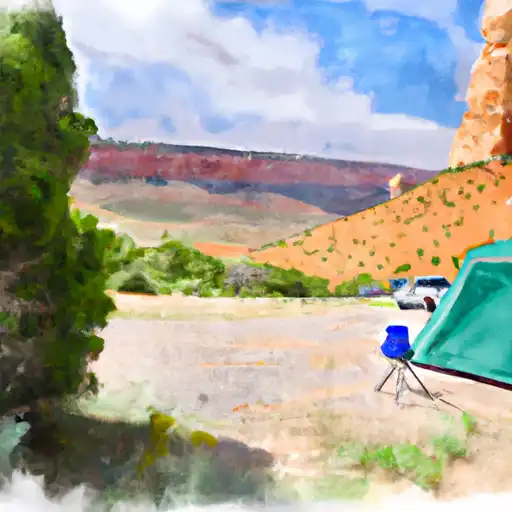 Flat Canyon
Flat Canyon
|
||
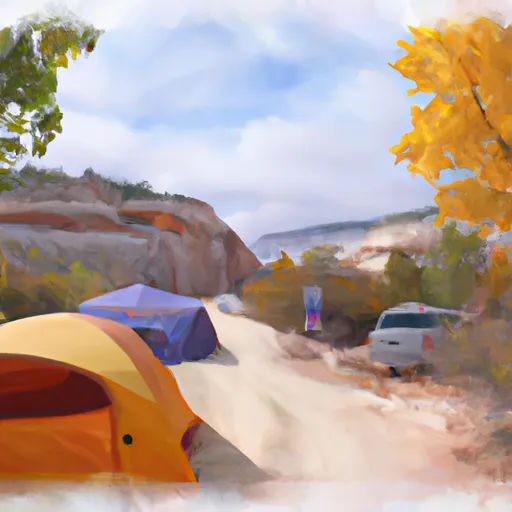 Flat Canyon Campground
Flat Canyon Campground
|
||
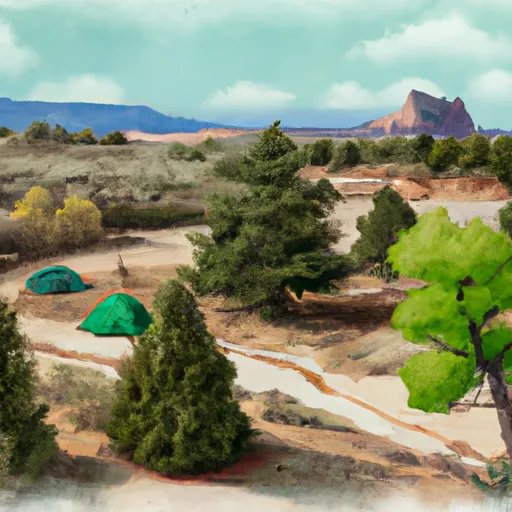 Gooseberry
Gooseberry
|
||
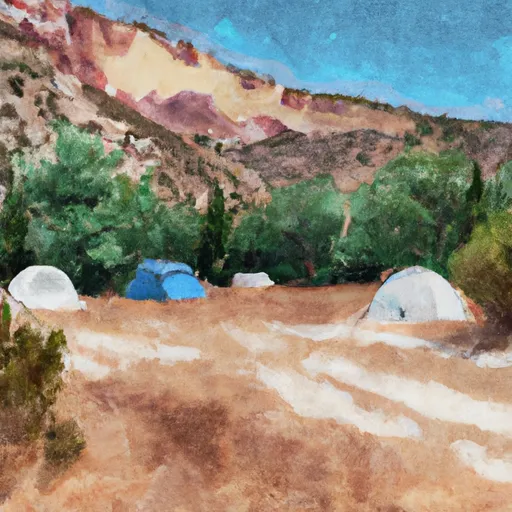 Gooseberry Campground
Gooseberry Campground
|
||
 Mammoth Cabin
Mammoth Cabin
|
||
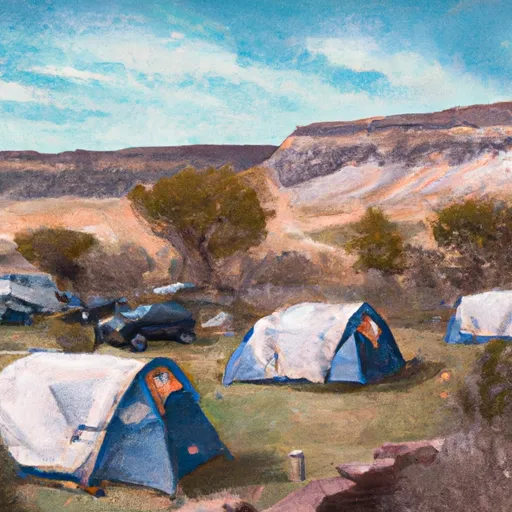 Mammoth Dwelling
Mammoth Dwelling
|

 Fairview Lakes
Fairview Lakes
 Beaver Dam Reservoir Fishing Site
Beaver Dam Reservoir Fishing Site
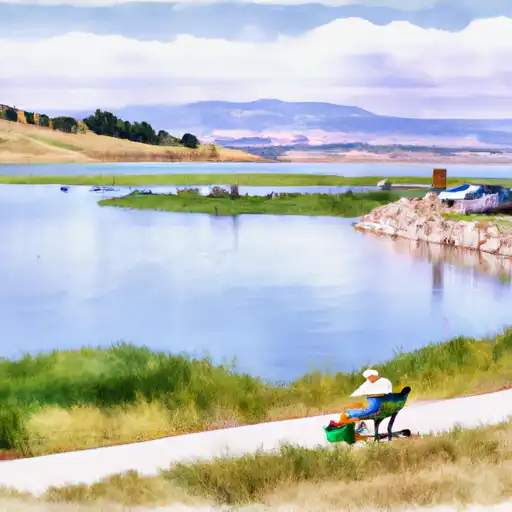 Huntington Reservoir
Huntington Reservoir
 Boulger Reservoir Fishing Site
Boulger Reservoir Fishing Site
 Huntington Reservoir/Mammoth Fishing Site
Huntington Reservoir/Mammoth Fishing Site
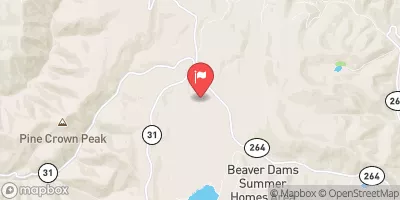
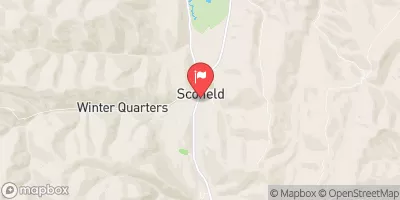


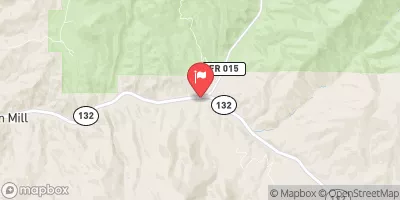

 Fairview Lake
Fairview Lake